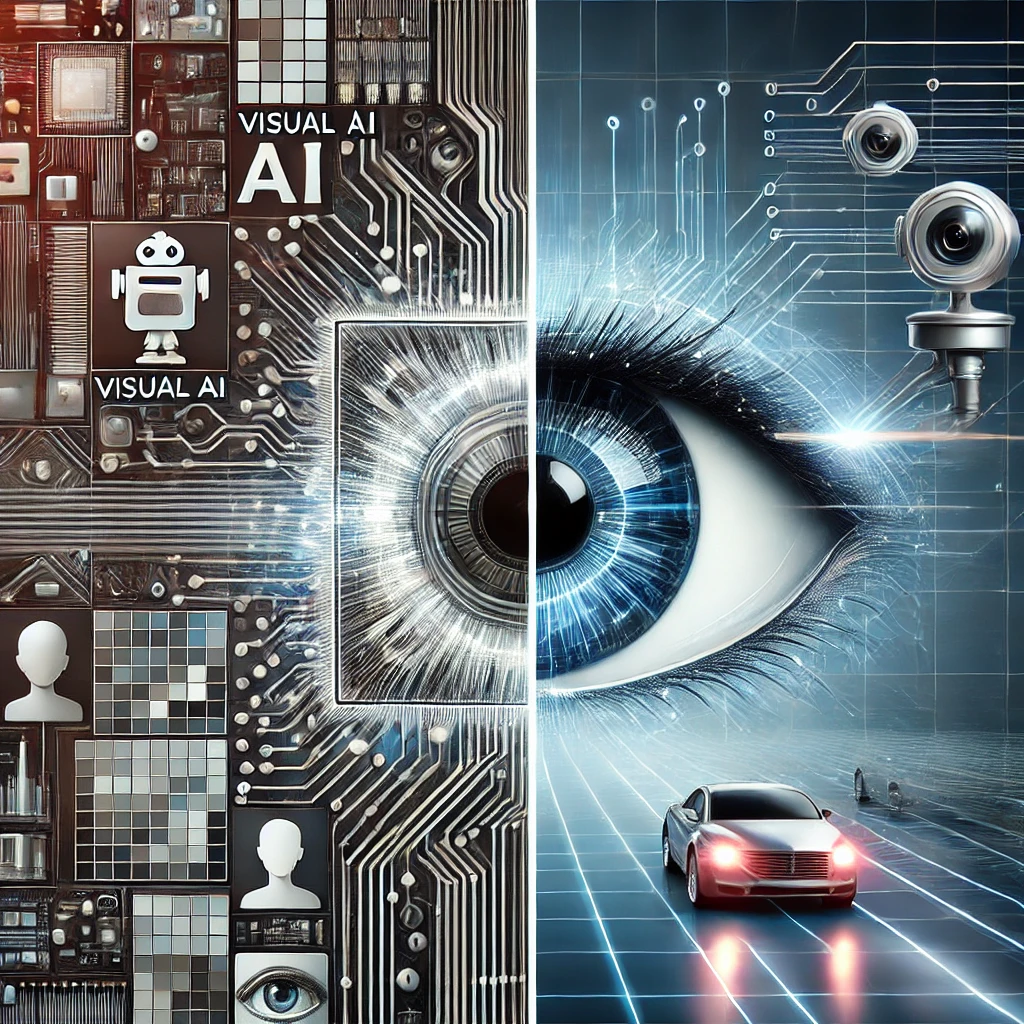Visual AI vs. Computer Vision

Understanding Visual AI
Visual AI is a broad term encompassing all AI technologies that process visual data. It uses machine learning and deep learning algorithms to interpret images, videos, and other visual inputs. Visual AI doesn’t just mimic human vision but also helps systems “understand” what they see, making it essential for fields like healthcare, automotive, and robotics.
What Is Computer Vision?
Computer vision is a specialized branch of Visual AI that focuses on enabling machines to interpret and act upon visual information as humans do. It emphasizes recognizing objects, tracking movement, and analyzing visual data patterns. It’s widely used in facial recognition, autonomous vehicles, and augmented reality.
Core Differences Between Visual AI and Computer Vision
-
Scope:
- Visual AI covers a broader range of tasks related to analyzing visual information.
- Computer vision is a subset that focuses more on enabling machines to “see” and interpret visual data.
-
Applications:
- Visual AI applications include visual search engines, AI-generated art, and smart home devices.
- Computer vision applications typically involve object detection, image classification, and facial recognition.
-
Complexity:
- Visual AI incorporates more advanced AI algorithms that go beyond just recognition to understanding and generating visual content.
- Computer vision mainly deals with extracting useful information from visual inputs without deeper content generation.
How They Complement Each Other
Visual AI and computer vision often work hand in hand. For example, in autonomous vehicles, computer vision helps identify objects on the road, while Visual AI processes this information to make decisions like slowing down or stopping. Together, they create systems that are both reactive and proactive.
Visit our other website: aibrainpowered.com



